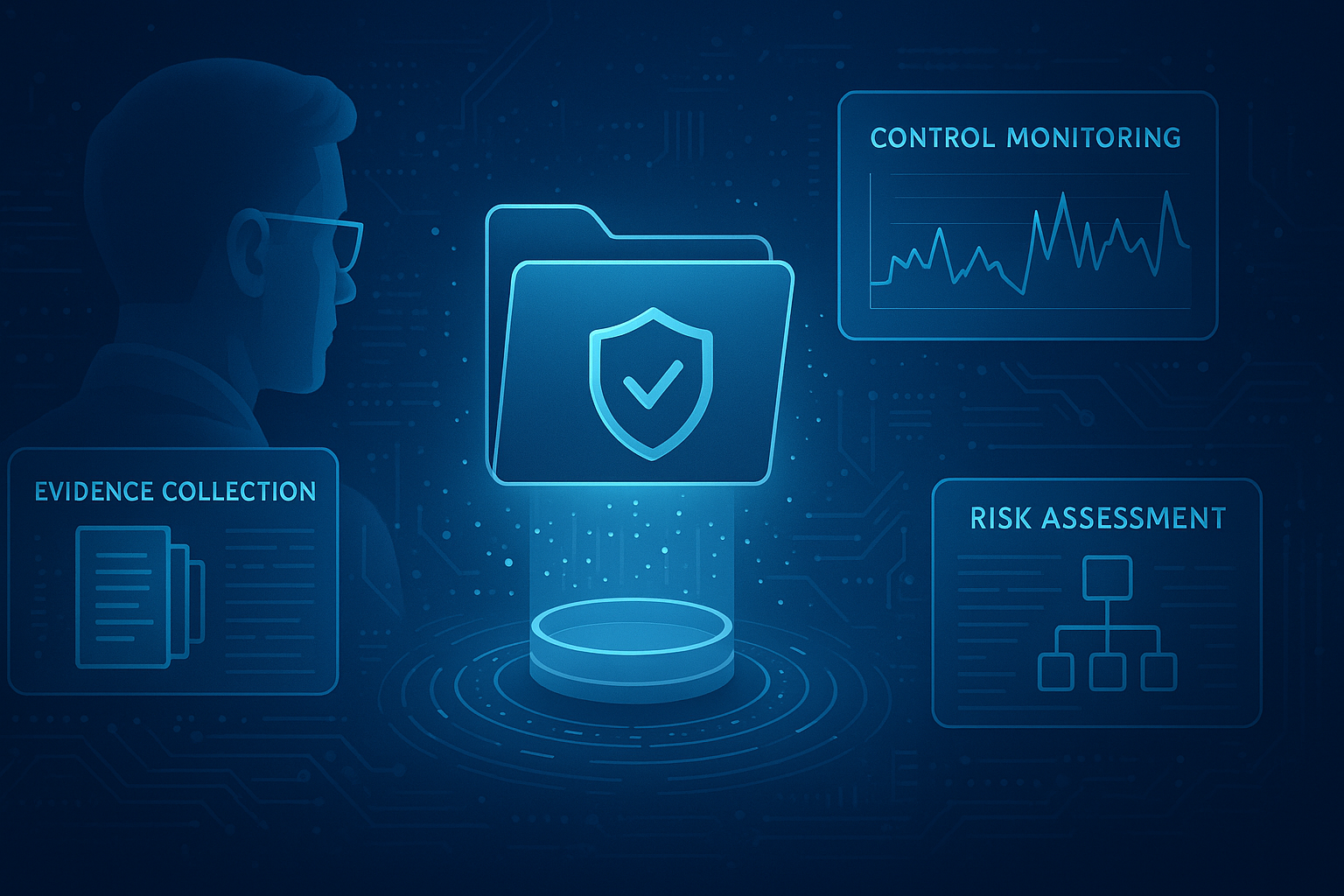Why Integrated Risk Management
While organizations and business leaders have been trained to manage risks, cyber risk appears to be a completely different category. With more organizations embracing digital technology than ever before, only 25% of Why Integrated Risk Management
While organizations and business leaders have been trained to manage risks, cyber risk appears to be a completely different category. With more organizations embracing digital technology than ever before, only 25% of businesses view risk management as a strategic tool (Gartner). Further, as Boards and CEOs see the impact that cyber events such as breaches and attacks can have on consumer trust and the bottom line, business leaders are taking a significantly higher interest in the enterprise’s cyber posture. According to Gartner, as many as 40% of Boards of Directors have a director with cyber expertise - a drastic rise and acknowledgment that managing cyber risk has become critical to business survival and success.
As more and more executive leadership requires effective reporting on cyber risk, the spreadsheets and modular GRC tools that information security leaders used in the past have begun to fail. Without holistic, integrated, effective risk reporting and management, the more comprehensive requirements coming down from the Board and CEO leaves teams scrambling. As more and more organizations embrace digital technologies, and cybersecurity is elevated further as a business function, integrated risk management processes and solutions are critical to security, risk, and privacy management organizations.
The Benefits of Integrated Risk Management
By putting the focus on the unique risk profile of your organization, an integrated risk management approach enables information security teams to align more closely with business objectives. Because of its fully integrated nature, IRM tools enable more significant volumes of automation and visibility across the enterprise.
Focus On The Risk Profile Unique To Your Organization
Already we are starting to see businesses start to roll compliance teams under the risk organization. This trend has emerged in response to the myriad of new technologies available to companies to enable digitization and enhance efficiency. The result is a unique configuration of technologies that are unique to one organization over another and, in turn, the resulting risk profile is unique as well.
An integrated risk management approach enables organizations to dedicate risk management activities to the risks specific to that organization as a result of a comprehensive risk assessment. Where, until now, the compliance standards required of a given industry or location was sufficient given the lack of technology solutions in the market, organizations must now recognize that their technology choices differentiate them both in the market and in terms of risk.
Closer Alignment to Business Objectives
Building an information security program around compliance inherently sets up an organization to be driven by technical terminology and jargon. Because compliance frameworks are so specific and prescriptive, they are difficult to translate into business terms. As a result, compliance-driven information security teams are often left trapped by the technical nature of their organization and struggle to align their activities with business objectives.
On the other hand, integrated risk management organizations leverage their ability to put cyber and digital risk in business terms and, in turn, become an asset to executive management to achieve its objectives. By leveraging integrated risk management frameworks and integrated risk management systems, information security leaders can ensure resource allocation is aligned with business objectives more clearly and articulate that posture to business leaders.
More Automation and Visibility
Where many modular GRC tools fall short is their ability to enhance visibility for managers and deliver insights on the data that teams store in them. Further, because each modular configuration can vary, many GRC tools lack the necessary automation to make the task of their users more uncomplicated and more effective.
Integrated risk management solutions and practices enable greater visibility, given that all of the data is stored in one place. Without the burden of modules, IRM platforms can automate more of the menial tasks. Furthermore, it can leverage AI in ways that modular GRC simply cannot - by identifying remediation paths and processing the assessment data faster than a human could. IRM solutions deliver on the promise of augmenting security teams’ abilities and further enhancing an organization’s cyber posture - all while saving time for both the practitioners as well as management.
How IRM Can Benefit Your Organization
Regardless of company size, information security leaders must begin to approach their security programs with a risk-centric lens. As more businesses embrace digital technology, and for executive leadership to deploy effective management, they must both be aware of their organization’s cyber risk profile and be able to operationalize that information in the form of higher enterprise risk management. Furthermore, IRM approaches and platforms are designed to scale with the organization more effectively than modular GRC as the configuration of modules only serves the organization at present. When more capabilities are required, the wait to configure them often outlasts the present need.
By pursuing an integrated risk management approach, you enable your organization to deliver on either the present or near-future need to align with business objectives and align with business-side leadership.





.png)
.png)
.png)
%201.png)
.png)




